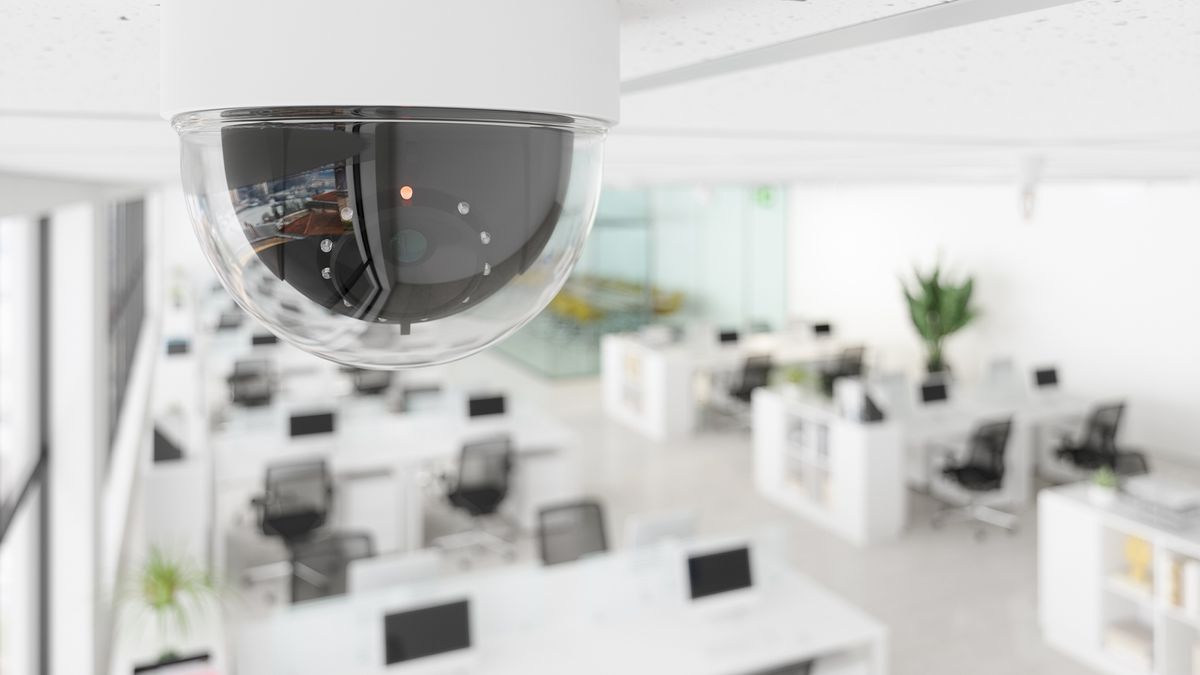An ever-increasing and concerning array of wireless networking equipment is now being used to track employees around the office, according to new research.
A study from Cracked Labs found that technology vendors are using wireless networking infrastructure to pinpoint the location of devices such as smartphones, laptops and so on, in order to track their location.
That is paired with Bluetooth beacons linked to access badges, security cameras, video conferencing systems, and even environmental sensors to understand employee behaviour, alongside more obvious tools such as motion sensors under desks.
The report specifically highlighted the monitoring activities of networking giants Cisco and Juniper Networks, as well as Swiss firm Locatee and European company Spacewell.
Cisco, for example, offers a product that makes use of Wi-Fi access points and other existing IT infrastructure to understand how people move throughout a building.
The report pointed to Cisco marketing material on the product, which claims it can enable companies to ”gain insights into how people and things move throughout their physical spaces” and “understand the behavior and location of people (visitors, employees) and things (assets, sensors)”.
“Companies can get a ‘real time view of the behavior of employees, guests, customers and visitors’ and ‘profile’ them based on their indoor movements in order to ‘get a detailed picture of their behavior’,” the report added.
Cisco hadn’t replied to a request for comment at the time of publication.
Big Brother is watching
In one Cisco example, tracking 138 people via 11 Wi-Fi access points generated several million location records, the report said. That allows the company to track where each device is in the building — as well as the employees who carry them.
Beyond Wi-Fi, researchers said Cisco’s systems also tap into security cameras, WebEx video conferencing, and make use of linked apps.
According to the report, the purpose depends on the nature of the company. Retailers or restaurants, for example, can use the tools for behavioral profiling to offer personalized recommendations, or merely to understand where and when to clean.
In offices, companies can better understand desk usage — helpful during the shift to hybrid working — but also track IT assets to ensure they don’t leave the building.
While those use cases may feel innocuous, the systems are also promoted as being able to measure “behaviour metrics” to aid internal campaigns to change employee behaviour and to understand “employee behaviour that affects performance.”
In one example using technology from Juniper Networks, it was possible to see how long employees spent in break areas and kitchens.
Function creep
Even if the aim is useful, researchers warned such systems come with risks.
“Tracking and analyzing employees’ desk presence, indoor location and movements represents intrusive behavioral monitoring and profiling,” the study said.
“Even if employers analyze the data only at the aggregate level, they process extensive personal data on employee behavior.
“Once deployed in the name of ‘good’, whether for worker safety, energy efficiency or just improved convenience, these technologies normalize far-reaching digital surveillance, which may quickly creep into other purposes.”
The report is part of wider work into surveillance in the workplace, run by a team of researchers at Cracked Labs alongside partners at AlgorithmWatch, academics at the University of Oxford, and EU and Austrian trade unions.
The report marks the latest batch of research into the rise of workplace monitoring, which has been growing in frequency across a range of industries.
A study in November revealed one-in-five workers is now being monitored by an activity tracker of some kind, and it’s having a significant negative impact on employee morale.
Tracked employees are 73% more likely to distrust their employer, and twice as likely to be job-hunting as those who aren’t tracked in their workplace, the study noted.
The issue reached such an extent that the UK’s Information Commissioner’s Office (ICO) issued fresh guidance on the practices last year. The data watchdog urged businesses to “consider workers’ rights” when introducing workplace monitoring tools.
This advisory was issued alongside a survey conducted by the ICO which found seven-in-ten respondents found workplace monitoring practices to be “intrusive”.
Source link
